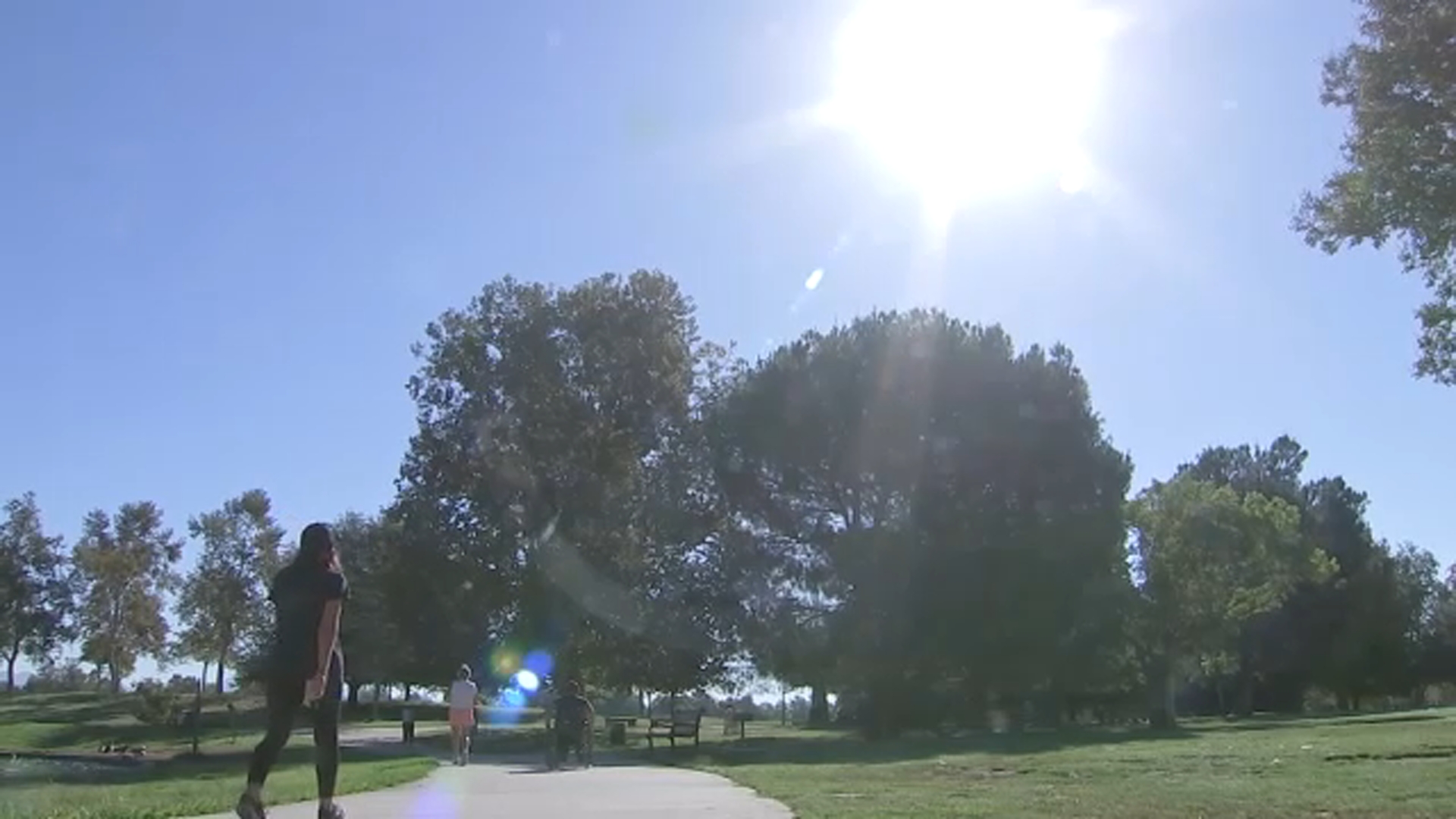'I don't think we're prepared': Texas' heat index may reach 125 degrees over next 30 years
HOUSTON, Texas -- Texans can expect a greater annual number of dangerous days of heat - when the heat index crosses 100 degrees - according to a study predicting the ramifications of climate change.
The video above is from a related story.
Those living along the eastern and southern border will see the highest temperatures the most days, the study by the First Street Foundation said. The most dire prediction: The heat index will reach 125 degrees at least once per year within the next 30 years in most Texas counties. Heat index is the temperature felt by the human body when relative humidity is combined with the air temperature.
Texas will see more days with a heat index over 100 than 46 other states as more than 13% of Americans are expected to be affected by extreme heat.
The report comes as the Lone Star State grapples with its worst drought in more than a decade. Reservoirs, lakes and rivers are drying up as cities and other public water systems across the state put water restrictions in place. In West Texas, cotton farmers and other agricultural industries are projecting billions of dollars in losses. And in South Texas, multiple counties are preparing for emergencies as the Falcon Dam is nearly out of water.
First Street's model is based on current temperature readings. Its predictions factor in several data points including proximity to water, elevations, grassland and global greenhouse gas emissions.
Part of what will make Texas so hot is the lack of elevation. The nonprofit noted that bodies of water mixed with cooler temperatures from higher elevation tend to have a protective effect, keeping more extreme temperatures at bay. Since most of the state stands at or near sea level, the lower elevation lends itself to a higher likelihood of extreme temperature increases.
Although Texas has the Gulf of Mexico to its southeast, the state misses out on a potential cooling benefit from a large body of water because major climate patterns do not pass over water before reaching Texas - instead, they move from west to east.
"South and East Texas are definitely the most vulnerable areas in the state," a spokesperson from the First Street Foundation wrote in an email to The Texas Tribune.
Starr County, located at the border with Mexico along the Rio Grande, tops the list in Texas currently with 109 days each year above 100 degrees. According to the forecast heat index map, the county should not tip into the 125-degree-plus range within the next 30 years, but it is already feeling the impact of current heat waves.
Already, the region is dealing with a higher likelihood of fires. And it is bracing for more property damage, heat radiation, smoke inhalation, and heat-related illnesses and injuries that could directly impact the health of the area's population, according to a hazard mitigation plan shared by the city governments of Escobares, Rio Grande City, Roma and the Roma school district. In the mostly rural area with a population around 65,000, roads have buckled as the high temperatures destabilize the surface materials.
Rio Grande City, an area that bloomed during the 1930s oil industry boom and the county seat for Starr County, has about 15,000 residents. Mayor Joel Villarreal said the county has been working to add infrastructure improvements to mitigate the impacts from the recent drought, but the project is still in its infancy.
According to the Starr County hazard mitigation plan, agricultural loss, property damage, heat-related illnesses and more are expected as temperatures rise.
Villarreal also indicated that the prolonged heat wave has increased migrant death tolls in the county, another area in which the impacts of climate change are expected to worsen.
Starr County and others like it experiencing extreme heat can expect to continue to have even longer heat waves and hotter temperatures, even if they don't reach the 125-degree heat index.
"If it's gonna rise by that much, I don't think we're prepared," Villarreal said. "I don't think the whole country is prepared."
The Texas Tribune is a nonprofit, nonpartisan media organization that informs Texans - and engages with them - about public policy, politics, government and statewide issues.










